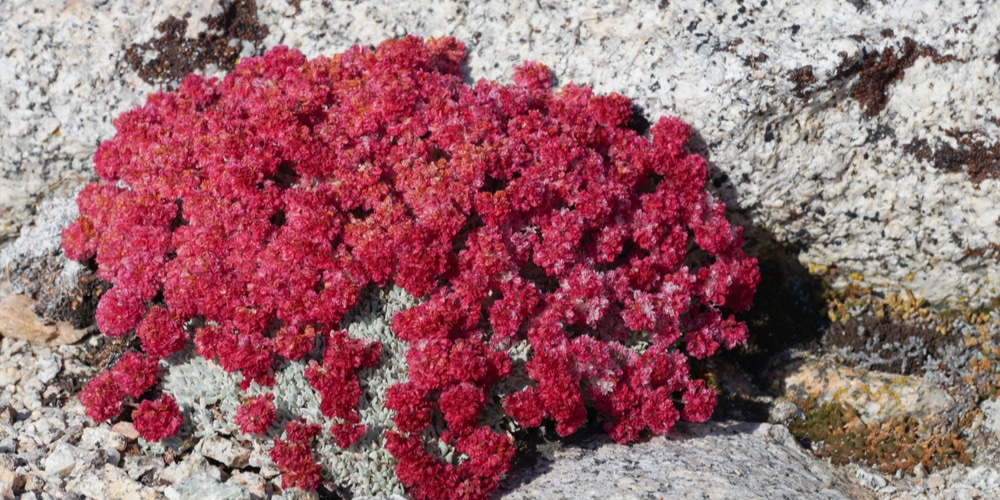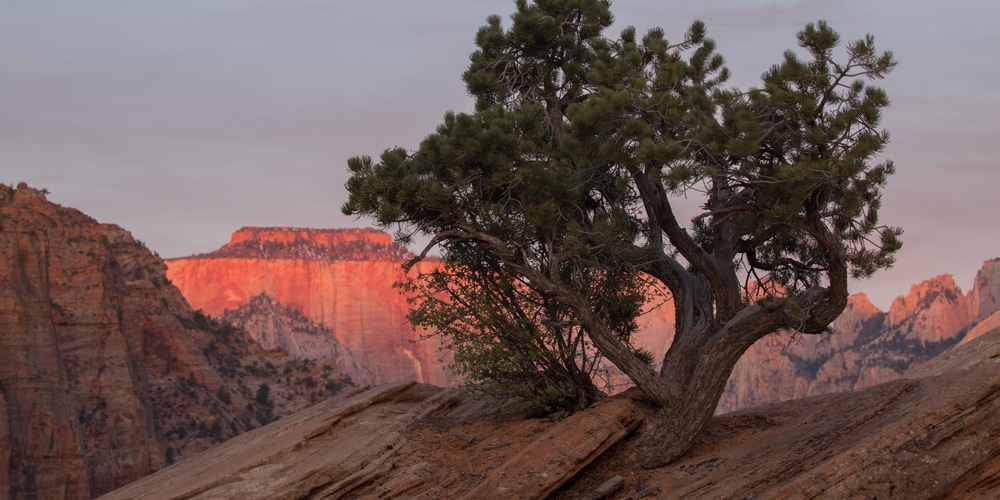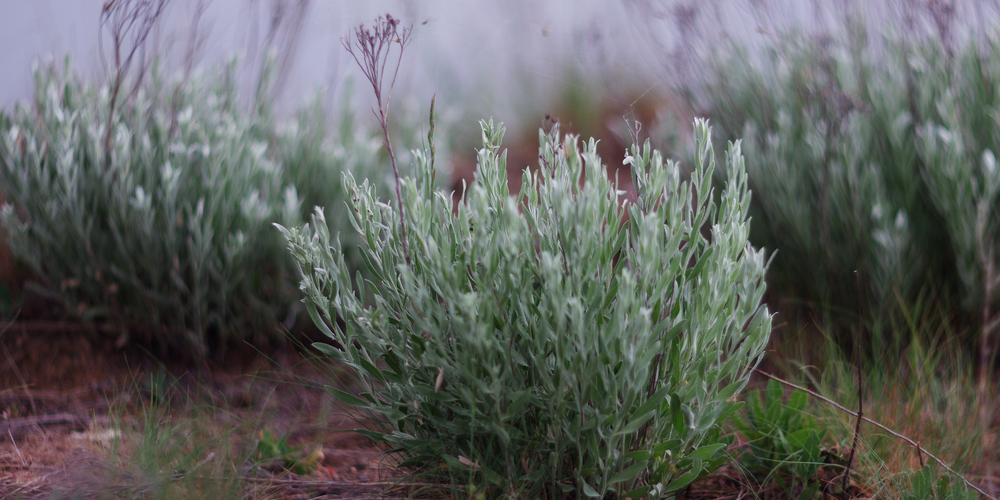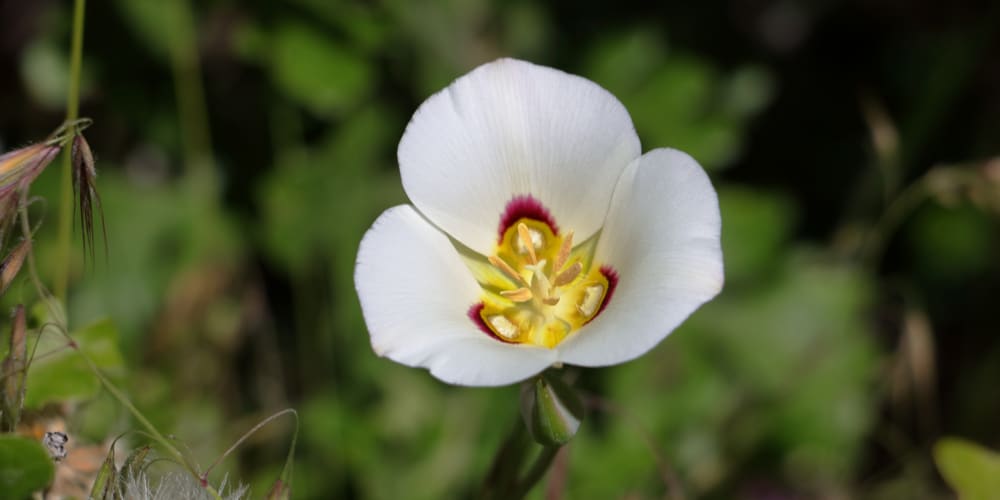Utah is known for its beautiful red rocks and diverse landscape. But what you may not know is that it is also home to some of the most unique and lovely native plants.
From wildflowers that blanket the hillsides in the springtime to hardy shrubs that cling to rocky slopes, Utah’s native plants are worth getting to know.
While many people think of cacti and other desert plants when they think of Utah’s flora, many different types of plants grow in the state.
This guide provides an overview of Utah native plants, including trees, shrubs, flowers, and grasses.
Utah native plants: Explore Some Native Plant Species
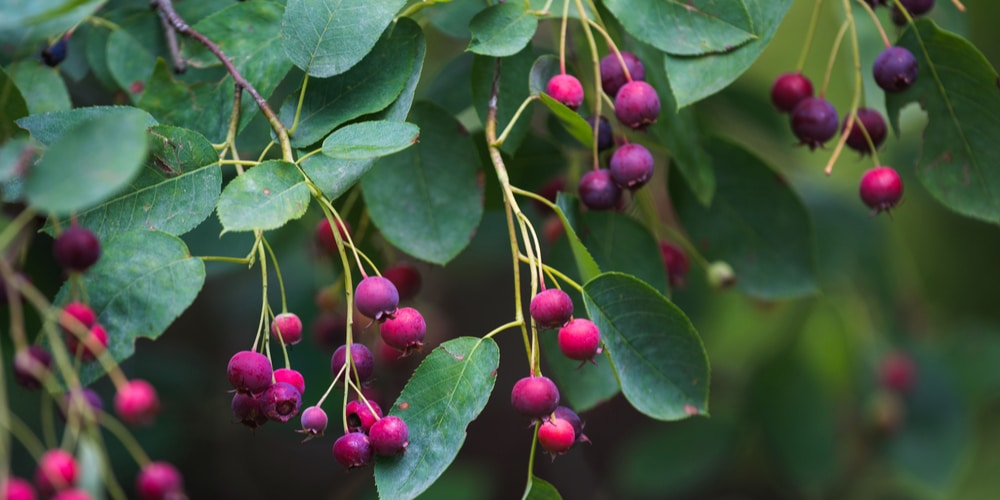
Home to a diverse array of plant life, ranging from desert cacti to alpine wildflowers. While many of the state’s native plants have adapted to the dry, arid conditions of the Great Basin Desert, others thrive in the cooler, wetter climate of the Wasatch Mountains.
Utah’s Native American tribes have long depended on these plants for food, shelter, and medicine. Today, you can find many of these same plants in gardens and nurseries across the state. Here are just a few of Utah’s many native plant species.
Serviceberries
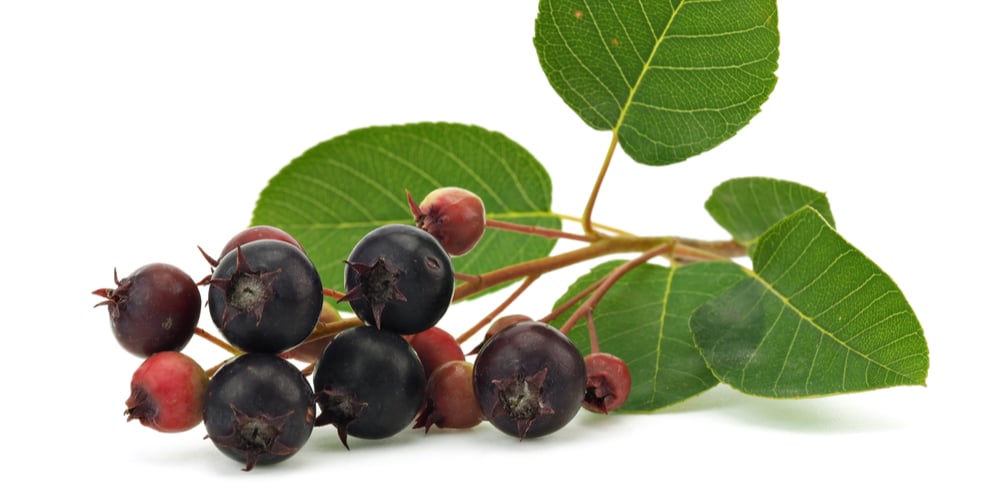
Also known as the juneberry or saskatoon berry, the serviceberry is a deciduous shrub that grows throughout the state. Additionally, most jam, pies, and other recipes use serviceberries.
In addition to its berries, the serviceberry is also prized for its pretty white flowers, blooming in early spring. The serviceberry is a lovely addition to any landscape with its delicate blossoms and sweet fruit.
Buckwheats
Native to Utah, buckwheats are a type of wildflower found in diverse colors, including white, pink, and purple. Locals often see buckwheats in open fields and meadows. Additionally, they are known for their ability to attract bees and other pollinators.
Mountain Lover
One of the most iconic plants in Utah is undoubtedly the majestic mountain lover. This is an evergreen shrub that thrives in high elevations and prefers rocky or gravelly soil types.
With lush green leaves and tiny, white bell-shaped flowers, this versatile species can be found across the state in various habitats, from alpine meadows to dry badlands.
Utah Holly
Utah holly is a hardy, adaptable plant that has become an iconic symbol of the Utah landscape. This hardy native is characterized by its leathery, dark green leaves and tiny white flowers. Moreover, its distinct star-shaped flowers are clustered in dense, bell-shaped blooms.
In addition to its distinctive flowers, this plant also produces clusters of bright red berries. These last well into winter and provide the perfect food for many different birds and small animals.
It can be found scattered throughout the state’s rocky hillsides and snow-capped peaks. This plant can withstand harsh conditions like high altitudes and severe winters.
Thanks to its ability to thrive under various conditions, Utah holly is an essential part of many different ecosystems across the state, forming critical habitat for wildlife and helping to prevent soil erosion and landslides.
Pinyon Pine
The pinyon pine is a species of conifer found in the southwestern United States. The tree is small to medium-sized, with dense, dark green needles and a slender trunk. The pinyon pine is an important food source for many animals, including squirrels, birds, and bears.
The tree’s seeds are also harvested by humans and used in various foods, such as granola and pesto. In addition to its culinary uses, the pinyon pine has also been used medicinally.
Native Americans have long used the tree’s bark and needles to make teas that are said to relieve pain and inflammation. Today, the pinyon pine remains a vital part of the landscape of the American West.
Sagebrush
Sagebrush is one of the most iconic plants of the American West. This small, shrubby plant can be found throughout the deserts and prairies of Utah, thriving in some of the driest and harshest environments in the region.
Despite its hardy nature, sagebrush is surprisingly delicate, with a beautiful flower that blooms only briefly in late spring or early summer.
The botanical name for sagebrush is Artemisia tridentata, which refers to specific species within this genus. Several different subspecies and varieties are found throughout Utah, each with slightly different characteristics. Some are more dense and compact, while others have more feathery leaves or a silver hue.
Regardless of their differences, all sagebrush plants share certain defining features: twisted branches with gray to gray-green leaves that emit a distinctive smell when crushed.
Sego Lily
The Sego Lily is a beautiful Utah native plant that blooms in the spring. This strikingly simple flower has six petals arranged in a perfect circle. The petals are white with a purple or blue center, and they have a delicate fragrance that is reminiscent of lilacs.
The Sego Lily grows on dry, rocky slopes and canyon bottoms, and it is often one of the first flowers to bloom in the spring. In addition to being beautiful, the Sego Lily is also an important food source for bees and other pollinators.
Utah Native Plants: Final Thoughts
One of the unique features of Utah landscapes is the abundance and variety of native plants that can be found growing across the state.
These native plants have evolved to thrive in Utah’s wide range of conditions, from high desert regions to fertile valleys.
Whether they are tall grasses or prairie flowers, wetland shrubs, or towering trees, these beautiful and resilient plants play a critical role in the health of Utah’s ecosystems.
By providing food, shelter, and nesting sites for wildlife and boosting local habitats, they help to keep our ecosystems vibrant and diverse.
Thanks to their versatility and hardiness, these native plants will continue to enrich our landscapes for generations to come.
Related Article: Planting Strawberries in Utah
